Review for Death Game
Introduction
The names of Japanese directors may not trip off Western tongues, but the films they make most certainly register. When it comes to horror, especially the moody creepy horror movie that Hollywood fell in love with in the last decade, and then proceeded to remake to death, Japan delivered a one-two knockout punch of The Ring and The Grudge. I’m sure fans of these particular films would keep an eye on what their creators did next, to see what new cinematic terrors they would bring to the world. When MVM announced that they had Death Game, I was mildly interested, as while I’m certainly a fan of films from that particular quarter, I usually shy away from MVM’s live action horror in favour of something a little more fantastic. But Death Game is the UK title of Incite Mill, and it turns out that Incite Mill is directed by none other than Hideo Nakata of The Ring fame. I was momentarily excited, until I remembered that The Grudge’s Takashi Shimizu went on to direct Shock Labyrinth 3D...
When all you can find are part time jobs that pay a few hundred yen an hour, wouldn’t you leap at the chance to earn over a hundred times that rate? For Yuki Rikohiko, the prospect of earning millions of yen for just seven days work, contributing to the Interaction Foundation Experiment is enough to get him to sign on the dotted line. He’s not alone, as nine other participants join him at an isolated location, where they are taken underground and sealed in a test facility. The warning that they will be subjected to psychological testing, where immoral and irrational situations will transpire, doesn’t dissuade anyone. Besides, it seems like a Big Brother reality TV set-up, all their needs catered for, albeit having to conform to a strange set of rules. The curfew is odd enough, enforced by a menacing guard robot, but the description of bonus payments to detectives, criminals, and victims is bizarre. As a timer counts down to end of the seven day experiment, another enigmatically counts upwards. When the next morning, one of their number is found dead, they learn why the underground complex is called Paranoia House!
Picture
Death Game gets a 1.85:1 anamorphic transfer on this disc. It’s a native PAL transfer and the resulting image is clear and sharp. The only niggle might be a lack of dark detail, but otherwise the film comes across well. It’s a claustrophobic and confined film through its very nature, but the few locations are well chosen, while the set design is very effective. The only obvious CGI is in the guard robot, but it is limited by its very nature, and works well in the context of the story.
Sound
You have the choice of DD 5.1 Surround and DD 2.0 Stereo Japanese, with optional English subtitles. The dialogue is clear throughout, while the subtitles are timed accurately, and free of typographic errors. The surround is effective in establishing a mood and conveying the film’s moments of action, but otherwise this is a dialogue focused film.
Conclusion
Death Game won’t win any prizes for originality, and neither does it come as a timely addition to the psychological horror genre. A group of people trapped in a situation, and pitted against each other by an external agency is hardly a new idea in film, while films have been sending up reality TV even before there was reality TV, as in The Running Man. I have to admit that if Big Brother was more like this, I’d actually watch it. But what Death Game does, it does absolutely brilliantly, and I was glued to this film from beginning to end.
Tatsuya Fujiwara, best known for Battle Royale and the Death Note movies delivers a great performance as Yuki Rikohiko in this film, which you might consider in the same vein as Battle Royale. There’s a lot less action in this film, hardly any gore, and the horror is strictly psychological. The difference is that he plays Yuki as a timid, reticent ‘coward’, who has to hold onto his principles and his morality, as the situation in the experiment deteriorates. There’s also a chilling hint of realism in the film, given what we know through genuine reality TV about how people act in search of fame and money. Death Game introduces a recognisable element to its plot, that of the Stanford Experiment, where people were divided into ‘prisoners’ and ‘guards’ and told to behave accordingly. In the Stanford Experiment the situation deteriorated into abuse of power, and in Death Game, the rules of its game nominate a detective and criminal, and urge the others to vote on the perceived guilt of the accused.
With competition for the money, and elements of suspicion about each other sown early on, it isn’t long before the tenuous group of ten that enter the experiment fracture and turn on each other. Naturally I won’t touch on the details of what subsequently happens, but the way that the film unfolds is compelling and engrossing.
As I’ve said, this particular genre of film is hardly an unsubscribed one, but in recent years it has sort of been subsumed by the Saw movies and their ilk, which eschew the psychological horror for horror that is more tangible, extreme and gory. What I appreciated about Death Game is that it harks back to a horror that is a lot more intangible, one that is character based and rooted in the human psyche. The attraction of this film isn’t about the gore, but about the way the characters develop and interact, the faces they present to each other versus who they actually are. Death Game may not be all that original, but it excels down to excellent performances and a tight and well-crafted script. You’ll be missing out if you don’t give this film a spin.
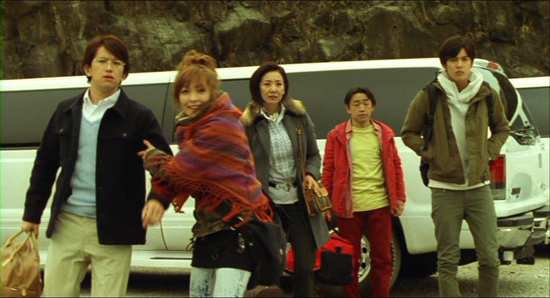
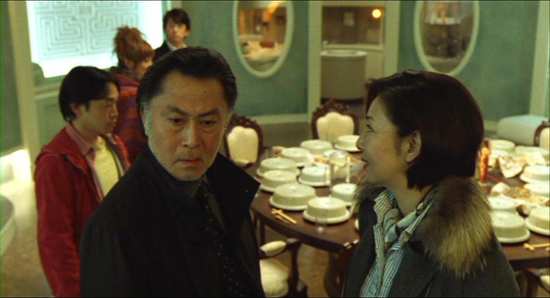
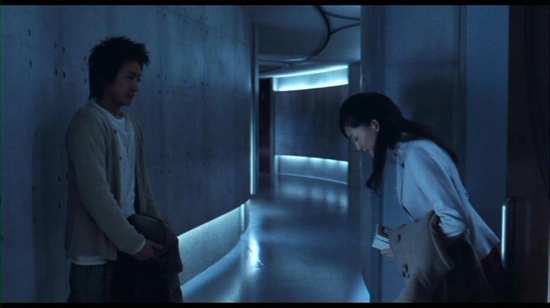


Your Opinions and Comments
Be the first to post a comment!